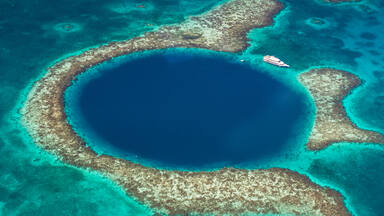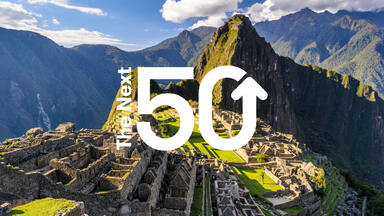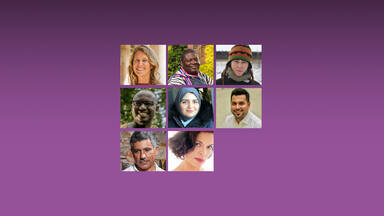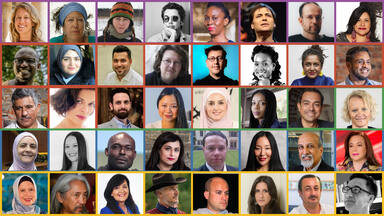Ammar Khammash
Architect, photographer, designer, and artist.
Bianca Jagger
President and Chief Executive of the Bianca Jagger Human Rights Foundation
Vision for the Next 50
In the Next 50… Sustainable architectural practices adopt the knowledge of indigenous communities and their way of living with the surrounding environment. New technologies can be used to enhance their traditional knowledge.
In the Next 50… We must use all of our technologies to support indigenous peoples and their wealth of knowledge. They are the best keepers of mother earth, especially biodiversity, water and the rainforest.
Summary
The dialogue between Ammar Khammash and Bianca Jagger focused on indigenous peoples and their link to technology. Ammar and Bianca agree that the knowledge of indigenous peoples should play a significant role in responding to the climate crisis. Bianca pointed out that indigenous people are vulnerable to the dangers from climate change and their fundamental rights to life are being violated. She highlighted that international organizations should ensure that the voices of indigenous peoples and youth are heard to envision a more hopeful next 50 years. Ammar explained that he is inspired by the way indigenous peoples interact with their surrounding environment for his architectural work. He also added that we must use new technology to review past decisions of local communities in a more contemporary way. Considering the power and innovation of local communities, Ammar and Bianca concluded that technologies should serve indigenous peoples to safeguard them from dire threats of the climate crisis.
Dialogue
Watch the dialogue
Explore other sessions
Five dialogue sessions covering five themes take place in 2022, each joined by thinkers in paired dialogue from diverse regions. The interdisciplinary dialogues inspire new visions for the next 50 years of World Heritage.



